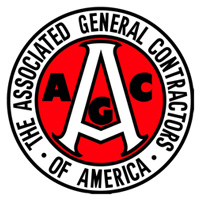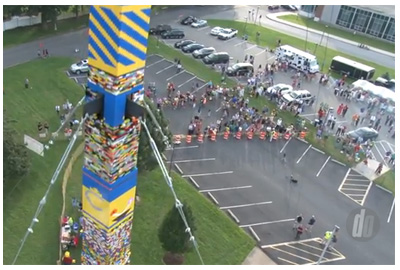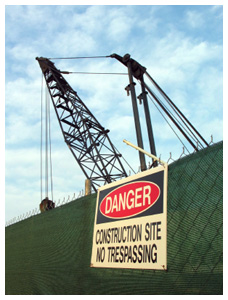Interview with Ken Simonson, Chief Economist of AGC America [VIDEO]
 I had the opportunity to interview Ken Simonson, one of the most respected economists in the country (and one of Construction Citizen’s leading bloggers) after a recent presentation. He was in Houston to speak at the Associated General Contractors (AGC) 2014 Annual Chapter Meeting and breakfast. Ken is traveling around the country (when the weather doesn’t ground him) to deliver his thoughts about the industry and the outlook for 2014.
I had the opportunity to interview Ken Simonson, one of the most respected economists in the country (and one of Construction Citizen’s leading bloggers) after a recent presentation. He was in Houston to speak at the Associated General Contractors (AGC) 2014 Annual Chapter Meeting and breakfast. Ken is traveling around the country (when the weather doesn’t ground him) to deliver his thoughts about the industry and the outlook for 2014.
We have covered his presentation on Construction Citizen, but we wanted to ask him a couple of questions like “What’s happening in this midterm election year that might have an impact on the economy?” [node:read-more:link]


 We recently attended the signing ceremony for the first alliance between the Department of Labor's Occupational Safety and Health Administration (OSHA) and
We recently attended the signing ceremony for the first alliance between the Department of Labor's Occupational Safety and Health Administration (OSHA) and  Reuters has reported that
Reuters has reported that 
 According to Giles Lamberston in a
According to Giles Lamberston in a  According to
According to  Editor’s note: Access, Control and Technology are all important components of a secure construction site.
Editor’s note: Access, Control and Technology are all important components of a secure construction site. 
 Editor’s note: Access, Control and Technology are all important components of a secure construction site. In
Editor’s note: Access, Control and Technology are all important components of a secure construction site. In  Editor’s note: In
Editor’s note: In 